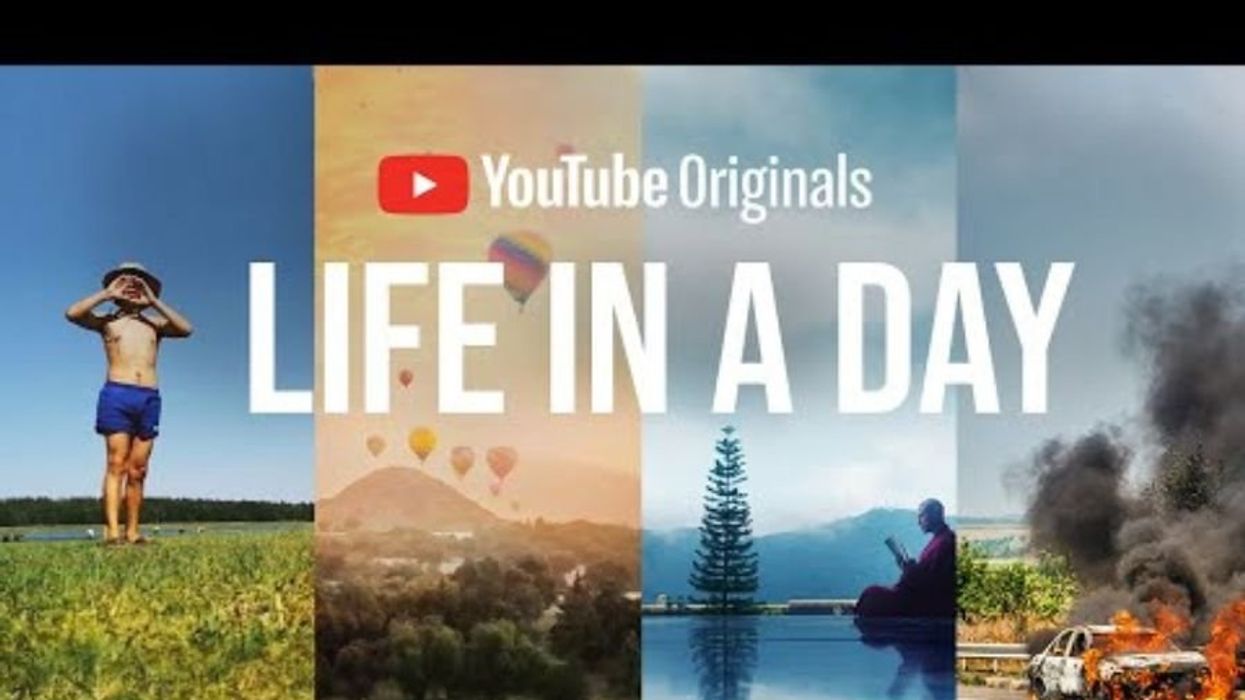
Despite our tumultuous history of conflict over our differences, there is far more that unites humanity than divides us. We are wholly unique individuals who share various group identities, but at the end of the day, we are all simply human.
Nothing makes that fact clearer than peeking into the daily lives of people all over the world—seeing how we all connect with our families and friends, how we enjoy the outdoors, how we take care of ourselves and others, how we create our livelihoods and more. But few people are able to travel extensively enough to see those things firsthand.
That’s where the YouTube Original “Life in a Day” comes in.
The original “Life in a Day” video project was crowdsourced from ordinary people around the world who filmed their lives on July 24, 2010. From the 80,000 clips sent in, a filmmaking team under the direction of Kevin Macdonald, Tegan Bukowski, and Loressa Clisby pieced together an award-winning documentary.
Then, when the coronavirus pandemic hit in early 2020, MacDonald decided to revisit the idea to capture the experience we were sharing as a global community. Only this time, more than 300,000 people from 192 countries sent in their day-in-the-life films from July 25, 2020 to contribute to the project.
The result was not just a time capsule from the early COVID-19 era, but a beautiful representation of how life doesn’t stop even when the world seems to.
The film opens with a woman in labor, and we soon see a bunch of babies being born the world over, all on the same day. We see people from various countries and cultures going through their morning routines, doing their work, caring for their families, making food, playing with pets—average daily life stuff. We see defining features of the time, including confusion over pandemic protocols and racial justice protests from around the world in the wake of George Floyd’s murder. We also see grief, some from the toll of COVID-19 and some from the expected and unexpected passing of loved ones that happens every day.
We see relationships beginning and ending. We see successes and failures. We see people having a blast and people going through hardship. It’s a home movie of humanity that illustrates our diversity, yet also shows how very much alike we are.
Watch here:
It’s entirely possible to watch this film and only focus on how we are different. But what “Life in a Day” really shows is that we have the same basic needs and the same spectrum of emotions. We imagine, express, create and innovate. We form bonds with fellow humans. We appreciate delicious food, the beauty of nature, a well-timed joke. We cry in grief and laugh with joy. We build. We play. We love.
That’s not to say we don’t challenge one another or have difficulties connecting sometimes. That’s as true on the individual level as it is on the collective. But so much of how we experience life with our fellow humans is wrapped up in the perspective we choose. When we focus on otherness, that’s what we’ll see. When we focus on what we have in common, that’s what we’ll see more of. The difference between those two visions can mean war or peace, conflict or cooperation, the progress of the human race or its downfall, so instead of fixing our gaze on what divides us, let’s choose to continually look for what unites us as one people sharing one global home.
